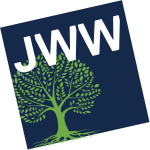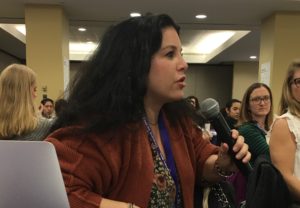I’m currently attending the Lemkin Summit at American University in Washington, D.C., organized by the Enough Project. Saturday was the first day of the conference, focusing on the importance of targeting ill-gotten gains and the networks of corruption as a means of preventing future mass atrocities.
The highlight of the day was a simulation exercise prepared by Enough, which detailed the corrupt underpinnings of an attack perpetrated by unknown assailants against civilians in a fictitious country. Participants were given a dossier of evidence — emails, news articles, text message exchanges, corporate certificates, expert analyses, photos, etc. — and were charged with deciphering who was behind the attack as well as what economic dynamics were motivating and supporting the perpetrator.
The end product was a chart showing the interconnection of the various corporations, shell corporations, rebel groups, governmental officials, transfers of funds, etc., that facilitated and culminated in the attack. This exercise was an eye-opening teaching tool to demonstrate how deep investigators and rights activists must go to uncover the roots of atrocity. Only by understanding these behind-the-scenes dynamics of modern day kleptocracy and graft can we begin to target the perpetrators, accomplices, and aiders and abettors where it hurts them most — their money.

Enough Project founder John Pendergast speaks at the Lemkin Summit
John Prendergast, founder of the Enough Project and the Sentry, as well as the author of Congo Stories, discussed ten promising indicators of progress with regards to the seemingly intractable corruption and conflict in the Democratic Republic of the Congo (DRC). Some of these “openings” included: the appointment of pro-prevention officials in the Treasury Department; the opening of investigation against corporations engaged in the illicit exploitation of Congo’s abundant natural resources; the imposition of sanctions, asset freezes, travel and visa bans, and other tools of economic disarmament to cripple individuals, corporations, and banks tied to Kabila and his formidable economic empire; Dodd Frank’s effect of reducing armed group control over mines in the DRC from 100% to 20%; the trials of Congolese war criminals before the International Criminal Court; and, surprisingly, the recent election. Even with widespread fraud, irregularity, and lack of transparency, Kabila did, in fact, step down — even if only symbolically — which at the bare minimum, provides an opening, a possibility, for change.


